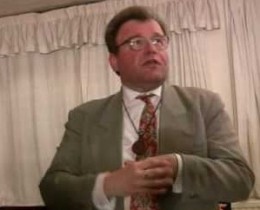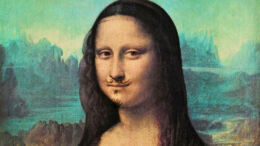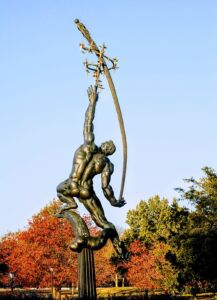
Los portadores de la antorcha (The Torch Bearers) (cast aluminum, University of Madrid, 1955)
2,069 words
Despite the triumph of modernism, a handful of American sculptors, including Anna Hyatt Huntington, creator of The Torch Bearers (1955), continued to work in the neoclassical mode prior to and after WWII. Huntington was highly regarded for her large-scale public commissions at a time when the preferred product of most women sculptors was the small bronze statuette. In the words of one art journalist, she “made a name for herself depicting fierce creatures, strong leaders, and legendary heroines.”
Born in Cambridge, Massachusetts in 1876 (more…)











